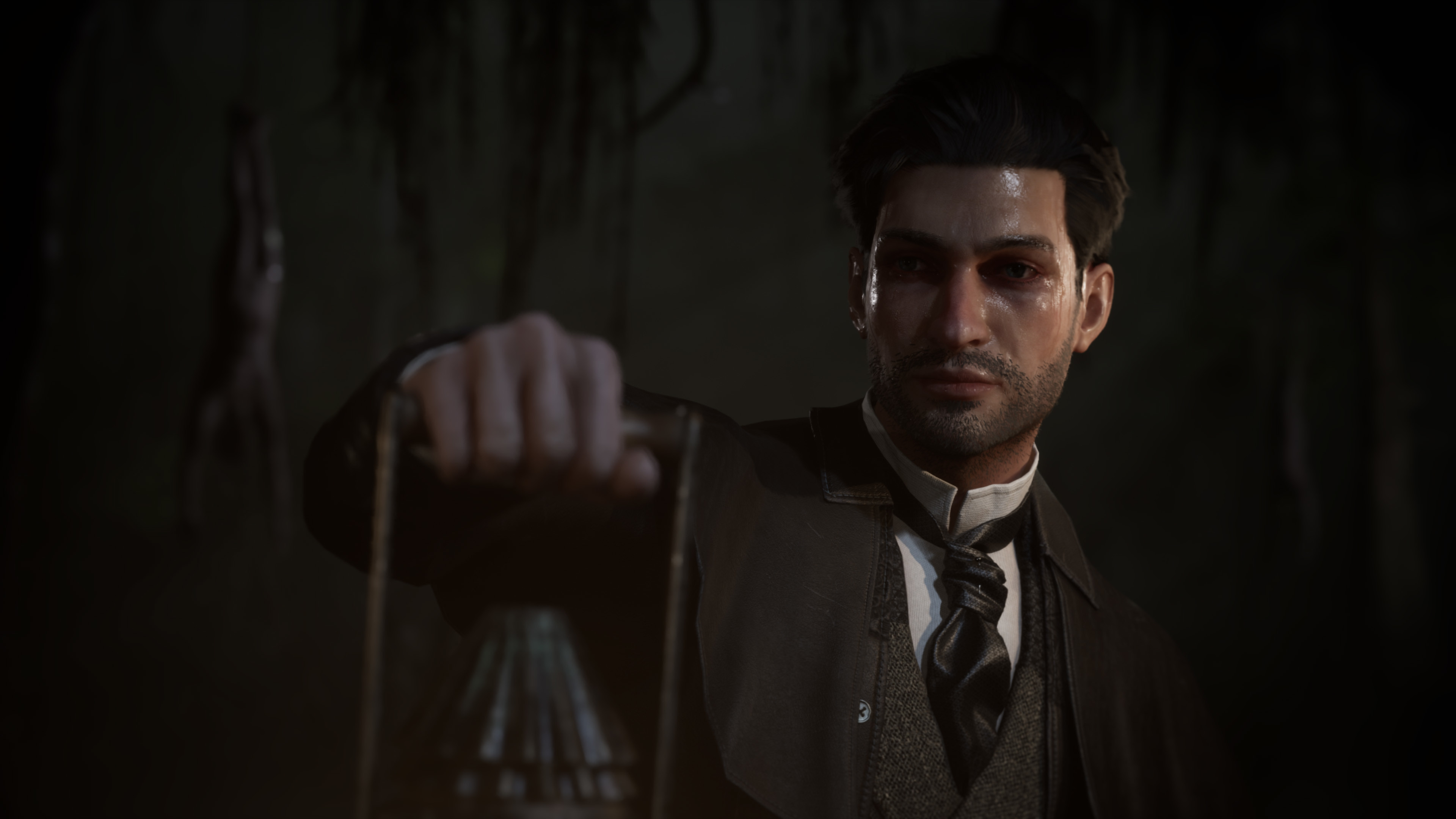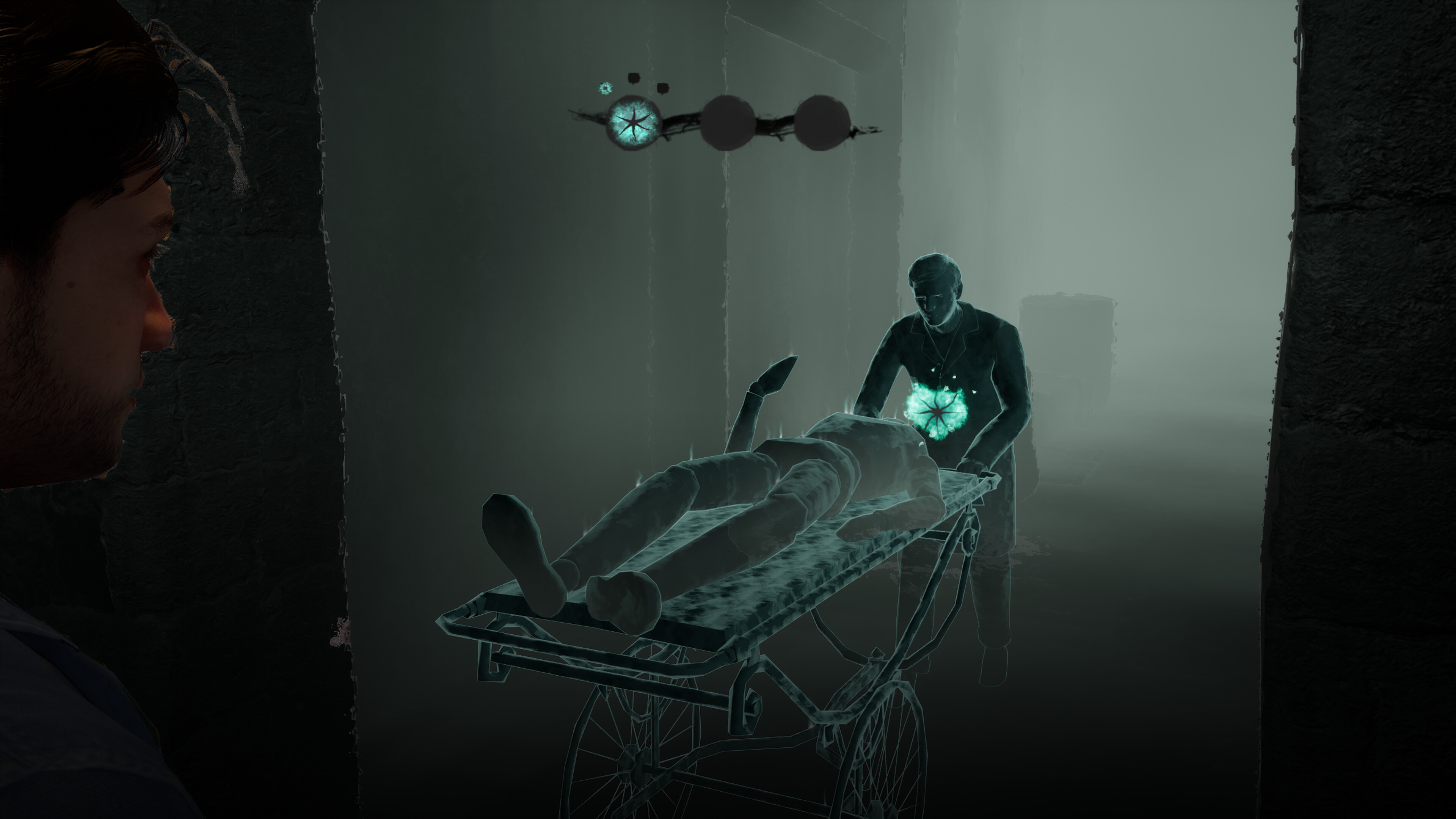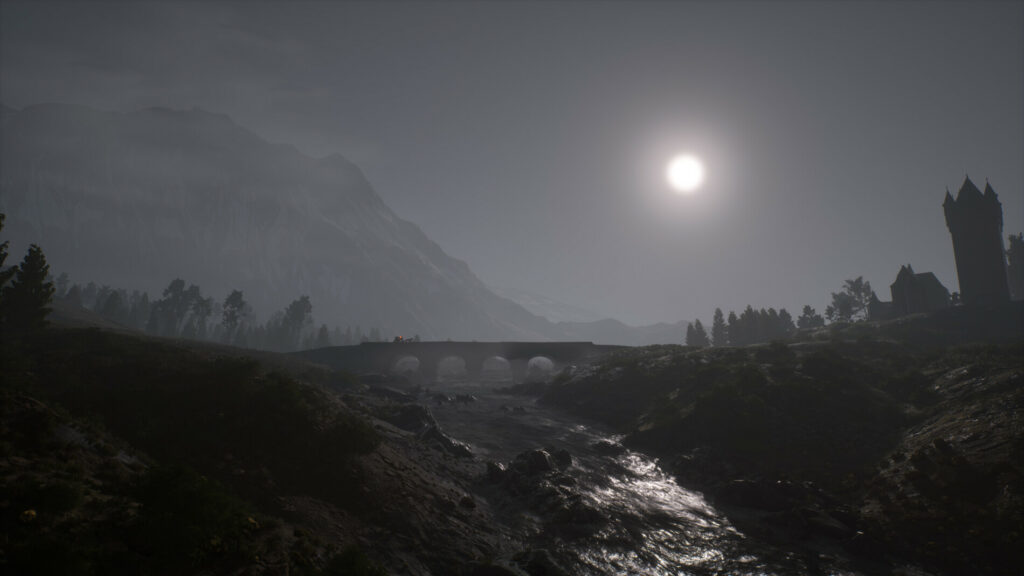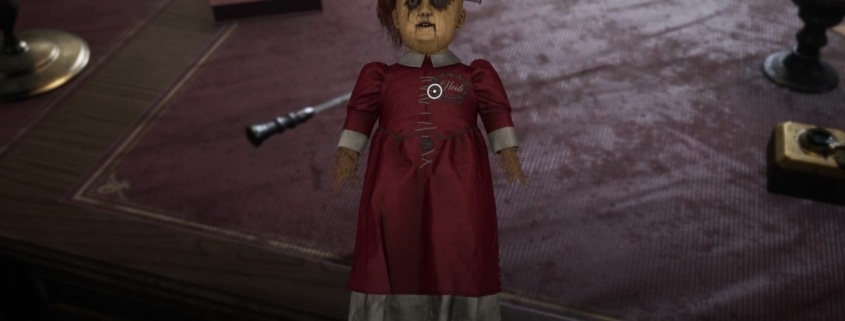Sherlock Holmes: The Awakened invites you to cross-examine the creepiest evil doll I’ve ever seen
After 20 years and nine Sherlock Holmes games, Frogwares, a Ukrainian studio based in Kyiv, has established itself as the undisputed champions of making games about one of literature’s stuffiest Englishmen. The course of the Sherlock Holmes series hasn’t always run smooth, but that’s never stopped Frogwares’s developers. It may be that nothing can stop them, considering they’re making their latest game in an active warzone (opens in new tab).
After a Kickstarter last summer (opens in new tab) to shore up funds, the studio has been hard at work on Sherlock Holmes: The Awakened, a full remake of a game it first released in 2007. The idea is that it’s a smaller, faster project for the turbulent circumstances the team finds itself in—the plot and cases are already mapped out, and mechanically it picks up right where the most recent game, Sherlock Holmes: Chapter One, left off.
It certainly doesn’t feel modest in the slice I’ve played, though. The Awakened doesn’t have the open world scale of Chapter One, but it’s far from just a prettied up version of the original. The broad beats of the plot are the same, but that’s pretty much it—it looks and feels modern, and the characters, mysteries, and situations have all been extensively rethought and, in many cases, completely changed. So much for the easy project.
That plot, by the way, is a crossover between Sherlock Holmes and the mythos of HP Lovecraft—the public domain property equivalent of a peanut butter and jelly sandwich. Holmes, the investigator who never lets up and always finds the answers, ploughs headfirst into a world where the answers don’t make sense and the persistently curious are driven mad. Watch the indescribable sparks fly.
It’s a particularly fitting combo for Frogwares, who also made Lovecraftian detective game The Sinking City (opens in new tab). There’s always something off-kilter about its take on the legendary detective, whether you’re being followed by a teleporting Watson (opens in new tab), dodging traps in a Mayan temple (opens in new tab), or, more recently, solving cases with an imaginary friend (opens in new tab). It doesn’t always hit, but it’s the weird stuff that sticks with you—bringing it to the fore with a case of occultism and dark rituals feels like the studio leaning into its house style.
(opens in new tab)
Holmes improvement
That style is immediately noticeable as Watson arrives at a creepy asylum in my hands-on demo. When he introduces himself at the desk and meets the head doctor, queasy close-ups build a campy horror atmosphere that only escalates over the course of the level. The whole section walks a line between scary and funny that’s a little perplexing but undeniably fun—welcome flavour for the more serious and straightforward business of investigation.
That’s not the only line it’s walking, however. The scary asylum setting is the one thing here that does feel outdated—it’s a hoary old trope that relies uncomfortably on a fear of people with mental health problems. In some ways The Awakened feels self-aware about that, mining horror more out of the cruelty of Victorian doctors and the society that enabled them. At the same time, it does use cartoonish depictions of mental health for scares and comic relief, including a catatonic woman who screams randomly to set the mood and an agitated man who believes he’s Napoleon.
But even then it subverts my expectations. As part of my investigation—concerning a sinister series of kidnappings that seems to be operating out of the building—I end up cross-examining a patient who believes her evil doll talks to her. It’s an uncomfortable stereotype of someone suffering from delusions—until the camera jerkily zooms in on the doll’s face, and suddenly Sherlock is interrogating a talking inanimate object. Trying to catch the cackling little terror in a lie by presenting her the right evidence is, once again, the perfect mix of creepy and funny. The whole bizarre interaction wins me back over—particularly in the ambiguity of what is genuinely supernatural, and what is merely Sherlock playing along. 
(opens in new tab)
Between such odd interactions, the meat of the game is, as you’d expect, investigation. As Sherlock I creep around the asylum’s lower levels, pawing through everything from patient files to staff lockers in search of clues. The throughline from Chapter One is clear, and welcome—we praised its puzzle-solving in our review (opens in new tab). As you gather information by exploring the scene, notes are added to your casebook, with icons next to them indicating how they might be developed further—for example, a compass to show the evidence is pointing you to a particular place, or a speech bubble to show you could talk to someone about it. A great balance of letting you properly work things out, but holding your hand enough to prevent frustration or confusion along the way. It’s just the right formula to make you feel like a genius detective.
Small improvements—such as clearer ways to use Sherlock’s near-supernatural scene reconstruction ability, and a more nuanced take on the mind palace where you connect clues together to form larger conclusions—make the overall experience smoother than ever. It can break down, though, if you don’t meet it halfway. The Awakened is so keen to prevent you from getting stuck that it can be a little easy to brute force it—during the doll scene, for example, I misunderstood the interrogation system and got it wrong several times, but despite her screeching about wanting to kill me, there was no penalty for trying again over and over. There, and in the mind palace, you’re free to just blindly try combinations until something works, and that can undercut the satisfaction of figuring out the answers the right way.
(opens in new tab)
It may just be reflective of this one segment of the game, but the demo veers towards point-and-click adventure puzzling more than I’d like, rather than true crime scene investigation. I feel much more like a detective when I’m examining a corpse to figure out how it died than I do deducing that a metal pipe, a dart, and a sedative can be combined to blowdart a guard. It’s perhaps just the price of a more linear and continuous story versus Chapter One’s open city of disconnected crime scenes, but I hope the final game is more of a balanced mix of adventure and snooping.
That said, it’s a relief that, this time around, there doesn’t seem to be any straight-up action messing with the formula. The series’ Achilles’ heel has always been its awkward attempts at combat, parkour, and quick-time events. Here, no matter the peril, the focus is always on investigation and puzzles, with even a lockpicking minigame serving as a test of memory and visual deduction rather than dexterity.

I didn’t get to dive too much into the larger Lovecraftian conspiracy during the demo, but what I did uncover of the goings on beneath the asylum has me eager to dig deeper (and, probably, go mad). There’s some unevenness to this slice of the game, but it feels far from a compromised or budget project—it’s a natural progression from Chapter One with plenty of intriguingly weird hooks. It has to be a surreal feeling building occult mysteries while real, human horror happens in the city around you, but from what I’ve played so far, it doesn’t seem like Frogware’s circumstances are going to stop it releasing another ambitious and clever detective game.




